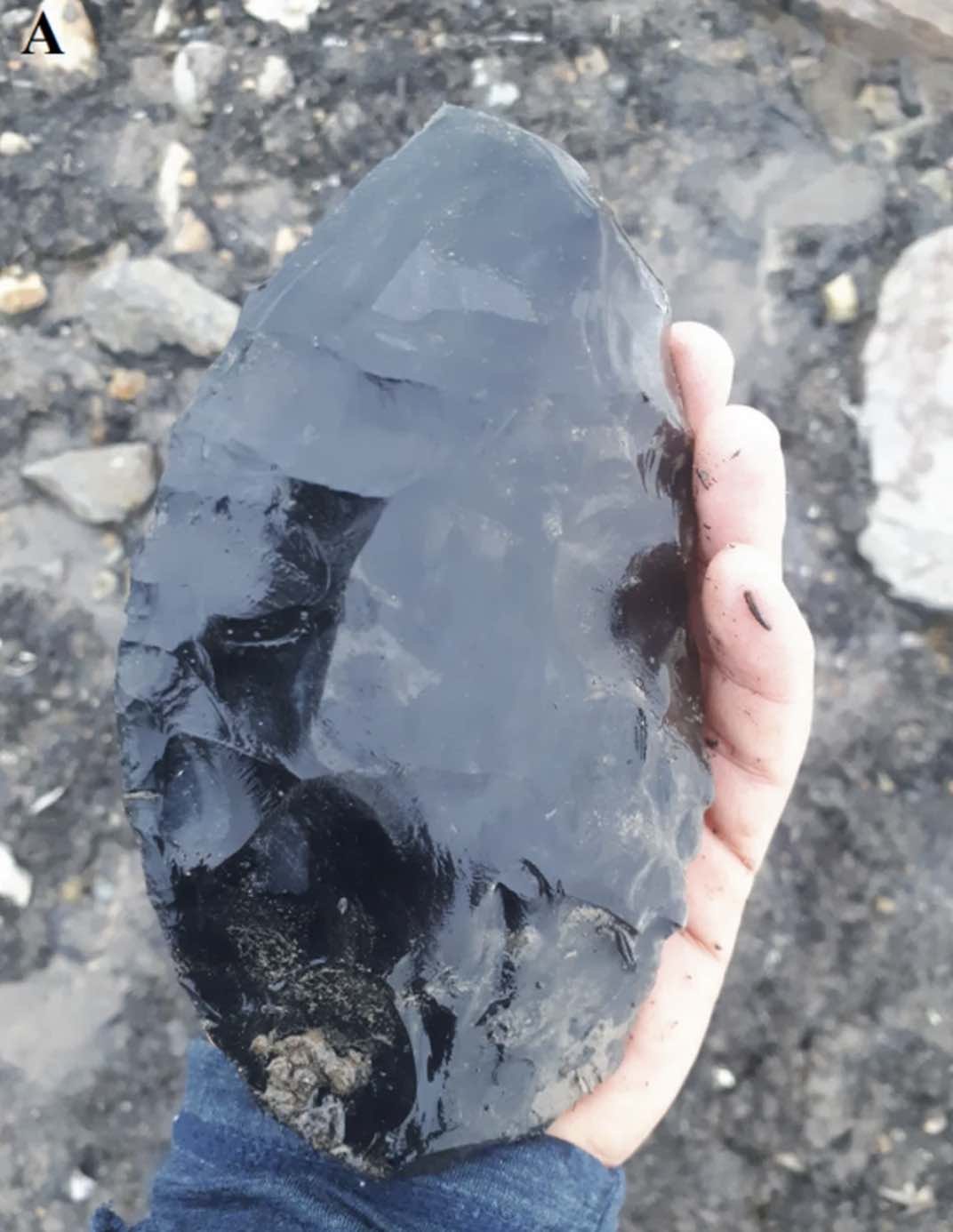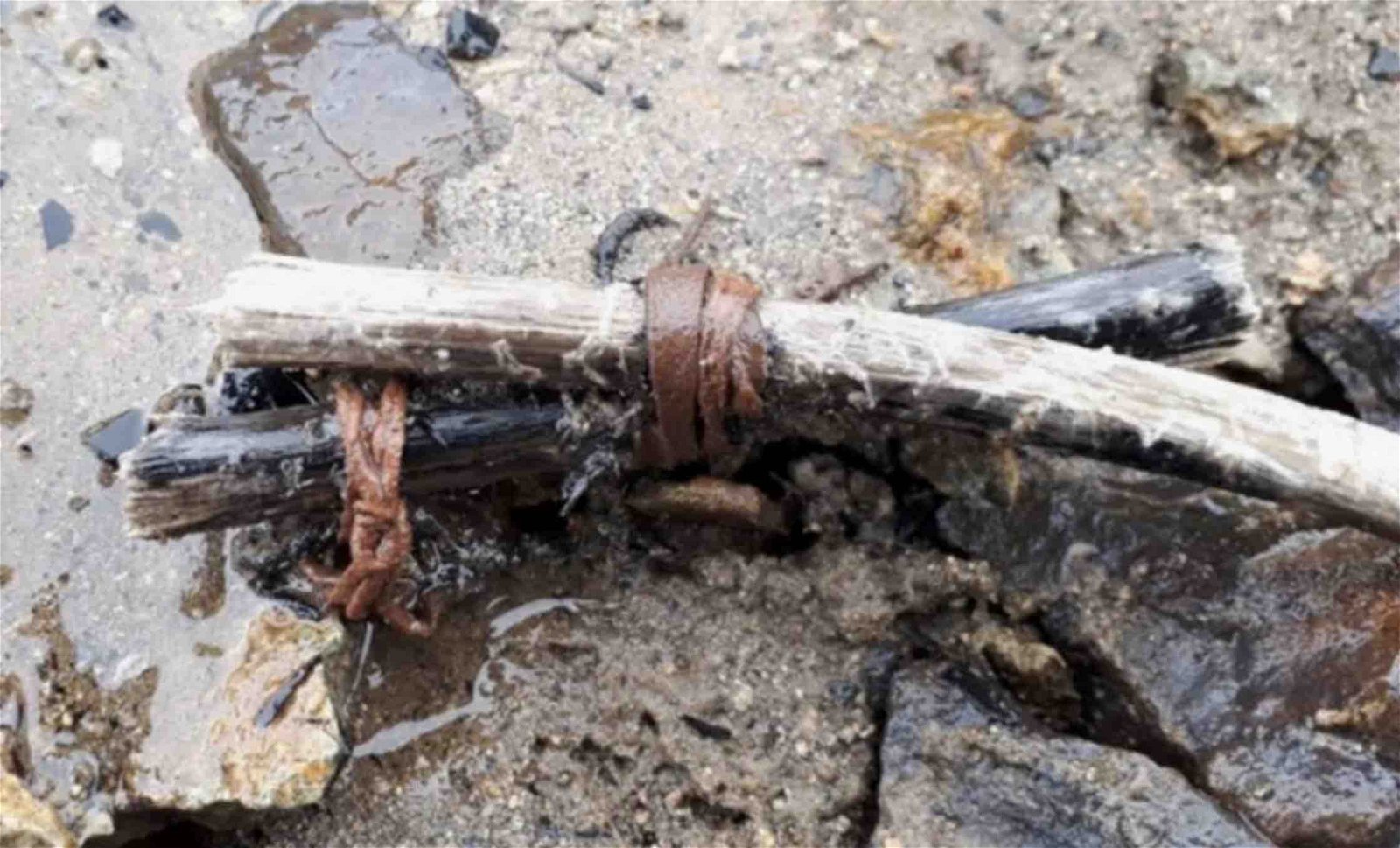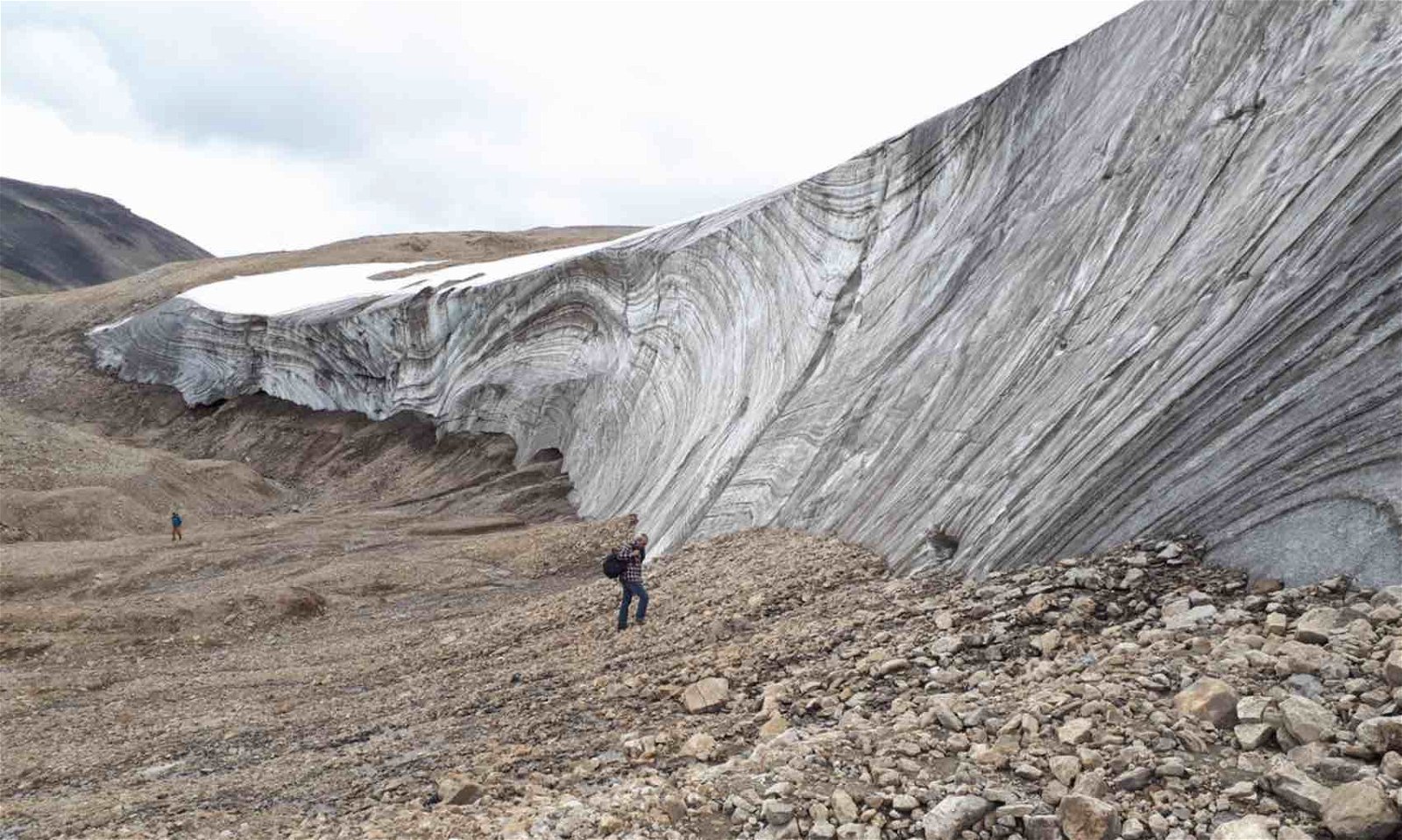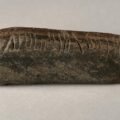Archaeologists say an undiscovered trove of ancient, perishable artifacts has been revealed by the thawing of ice in northern British Columbia, Canada, according to new research.
The discovery of the ancient tools, some from as early as 7000 years ago, is unique, given that many are composed of materials that otherwise would not have been preserved in warmer climates.
From crude containers made from tree bark and animal hide to ice picks and hand axes made from bone and obsidian, the discoveries were made near Canada’s Mount Edziza Provincial Park in 2019, based on a study published earlier this year.
An Ancient Frozen Landscape
For many thousands of years, and still today, the landscape around Mount Edziza Provincial Park has been the hunting grounds of the Tahltan, one of Canada’s indigenous First Nations.


In the past, stone artifacts, as well as the obsidian quarries where the stone to make these tools had been harvested, had been discovered in the region. However, the recent melt of ice helped to reveal many more of these ancient objects, as well as those made from perishable materials like vegetation and animal byproducts, which normally decay very quickly and are incapable of long-term preservation.
“Radiocarbon ages on 13 of the perishable artifacts reveal that they span the last 7000 years,” the researchers report in a paper describing their findings.
Surveys Reveal Ancient Perishable Artifacts
During surveys in patches of ice melt during the summer of 2019, archaeologists participating in surveys around Mount Edziza Provincial Park found dozens of artifacts, with more than 55 composed of perishable materials, The Miami Herald reported.


Among the perishable artifacts recovered had been wooden tools wrapped in animal hide estimated to be as much as 3,000 years old, as well as wooden staffs carried by ancient hunters who traversed the challenging landscape.
Basketry, projectile shafts, and even ancient footwear made from animal hide were also discovered.
The discoveries were revealed by Duncan McLaren and colleagues in a paper, “Ice Patches and Obsidian Quarries: Integrating Research Through Collaborative Archaeology in Tahltan Territory,” published in October in the Journal of Field Archaeology.
Micah Hanks is the Editor-in-Chief and Co-Founder of The Debrief. He can be reached by email at micah@thedebrief.org. Follow his work at micahhanks.com and on X: @MicahHanks.

